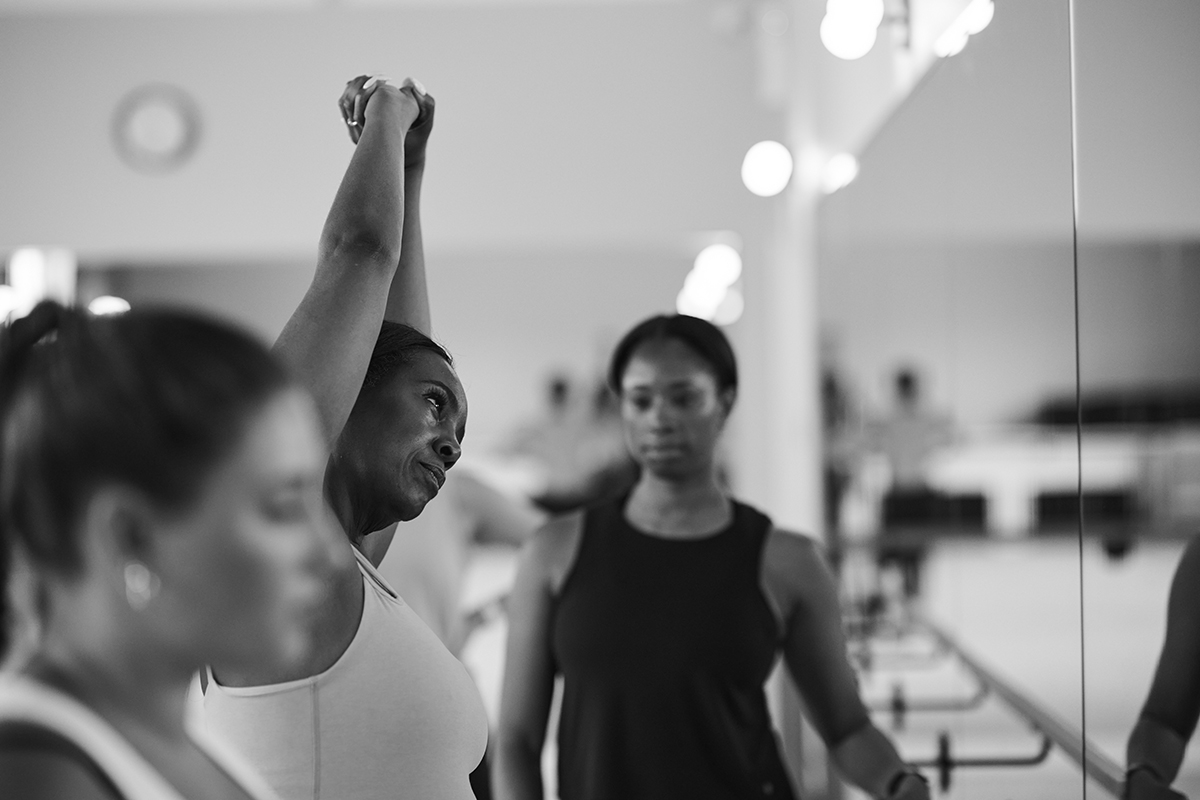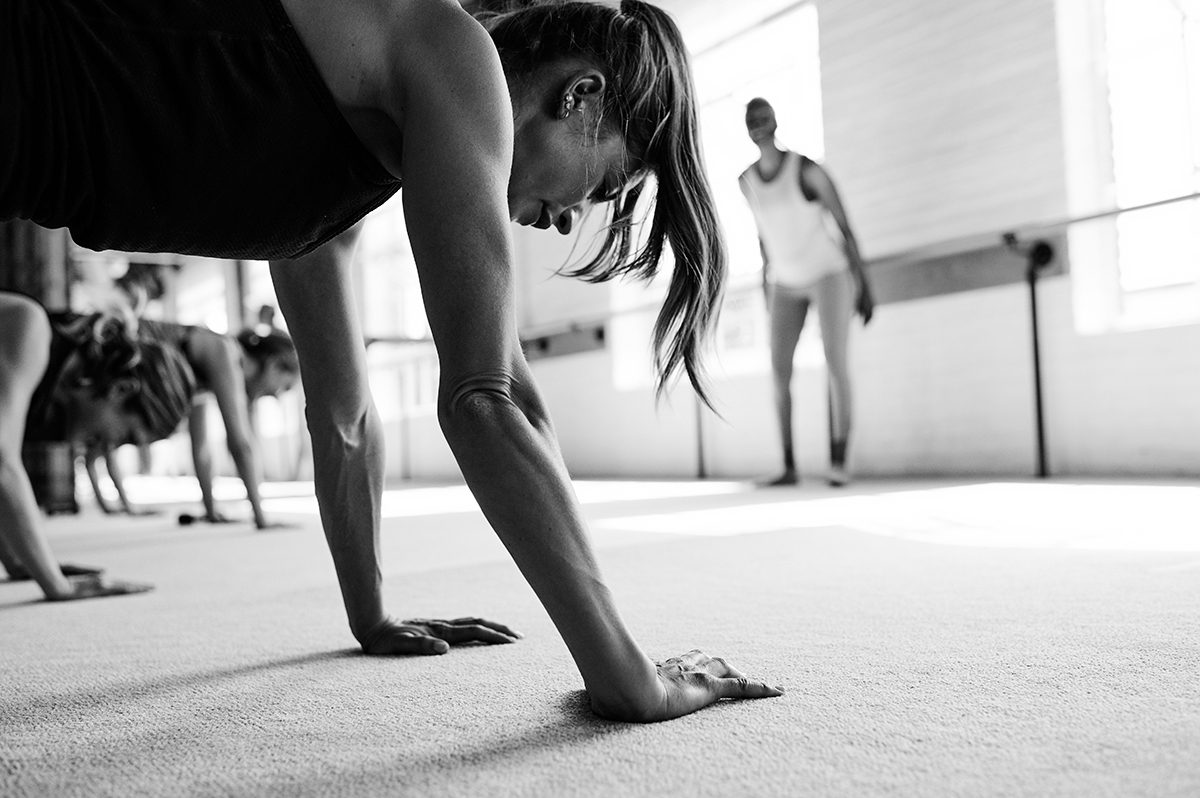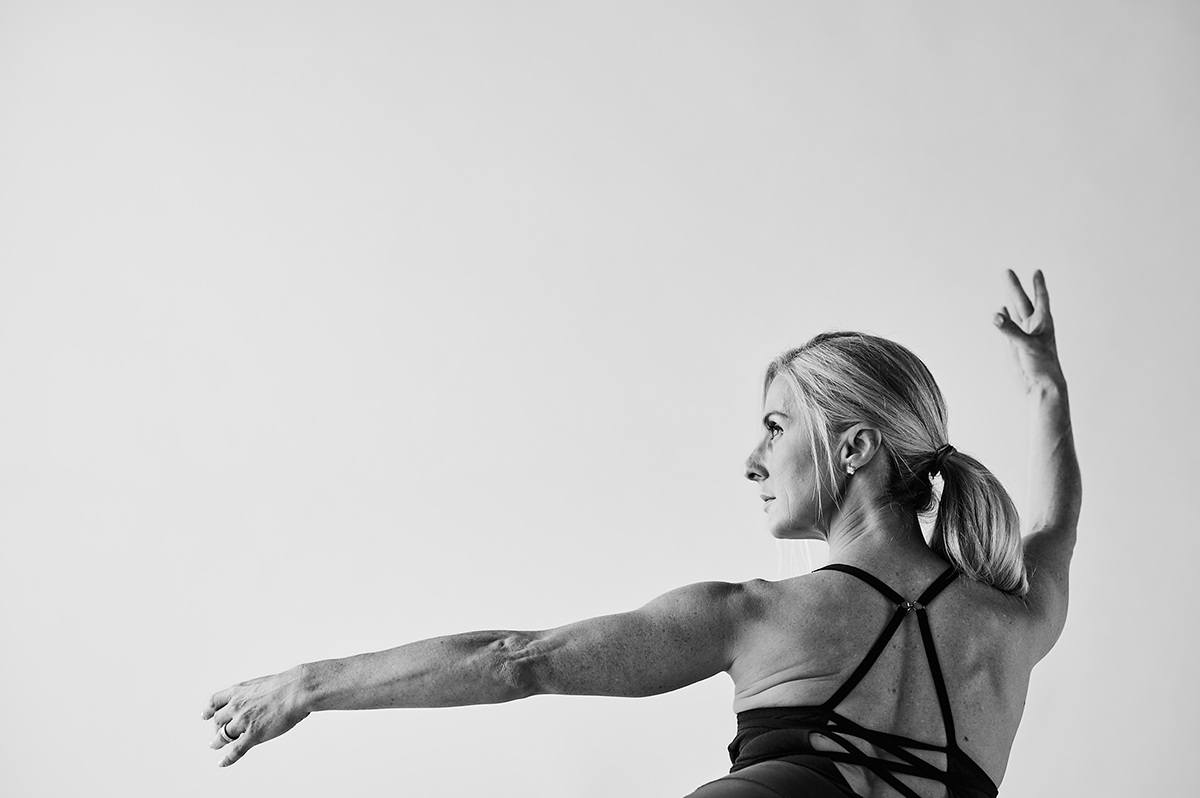New clients! For a limited time, Get 13 Classes for $78 (only $6 per class)
Exercise and Evolution: How The Bar Method Exercises Target Back Muscles
For the past couple of weeks, I ve been discussing the vulnerable areas in our human bodies and how The Bar Method strengthens them. Our back is certainly one of our most susceptible body parts. The origin of our back issues goes way back to when we stood up on two legs, losing the relative stability that comes with having four of them. Our back problems got worse when modern conveniences enabled most of us humans to lead very successful lives without doing much upper body work. Twenty-First Century Man could scarcely move all day and still make Forbes 100 Richest list at the end of the year.
It’s a fact that, as reported by the New York Times, people who do not exercise regularly face an increased risk for low back pain. Is it any wonder then that low back pain is the second most common cause of missed days of work (next to the common cold) in the United States? Close to 80% of all Americans experience it at some point and about 50% of us experience each year.
A common misconception about lower back pain is that we can eliminate it simply by doing abdominal exercises. The logic here is that a strong front of the body will give you a strong back. The truth is, to have a healthy back, you have to strengthen not only the front of your trunk but the back itself, and develop good posture and alignment.
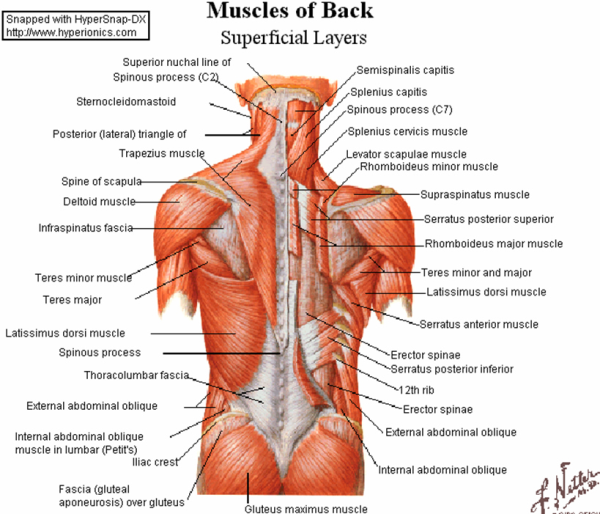
Look at the chart above. It shows the superficial layers of the muscles in our backs. I€˜m struck by the beauty of these intertwined muscular groupings and impressed by the obvious importance of each of these muscles in keeping us upright and healthy. When I talk to new Bar Method students who tell me they have problematic backs, I rarely hear them ask me about how to strengthen their back muscles. Yet clearly our back muscles were meant to be used and strengthened, especially given that they have a unique role in holding us upright unlike our distant four legged ancestors.
How can we minimize our risk of suffering from back pain or injury? Jonathan Clutt, M.D., a board-certified orthopedic surgeon and About.com writer, recommends “sustained use of back muscles performed two or three times a week at least.” Sports injury expert Owen Anderson of Sports Injury Bulletin reported on five different studies on lower back pain, which all lead to the same conclusion. In the article he urges us to: “consider one last study, a beauty carried out in Teheran, Iran, with a grand total of 600 subjects. These 600 individuals were subdivided into four groups: 150 asymptomatic men, 150 asymptomatic women, 150 men with low-back pain, and 150 women with the same….. As it turned out, among all of the physical characteristics measured, the endurance of the back-extensor (erector-spinae) muscles had the highest (negative) association with low-back pain. The Iranian researchers suggested that low-back-muscle endurance could be used as a screening tool to predict which individuals would be likely to develop low-back disorders.” In other words, just as as Dr. Cluett said above, people should do exercises that employ sustained use of the back muscles and the erector-spinae muscle group is a particular important one to keep toned.
One of the things I enjoy most about teaching Bar Method classes and hanging out in the waiting room with students before and after class is hearing from some of them how much The Bar Method has helped their backs. The Method does that in a variety of ways. In addition to strengthening the abdominals, it strengthens, stretches and aligns students’ backs. Stretching on the stall bars at the start and end of class lengthens the spine and reverses some of its constant compression from gravity. The first 15 minutes of classes specifically strengthens the shoulder, arms, and upper body muscles including the posterior deltoids, rhomboids, and lats. Students use their upper backs consistently during this segment.
The Bar Method’s leg exercises also plays a role in stabilizing students’ backs. At the bar, Students’ back muscles get the very kind of sustained isometric work which strengthens the erector spinae to protect against lower back pain. Then they work their glutes, which act as a support for the lower back and must be strong to protect the spine.
After the glutes are exhausted and stretched, we turn to a series of core exercises. One of the most important of these is called flat back. This move cleverly forces the transverse abdominal muscle (which acts like a girdle around our entire middle) to fire and stay strong as it gives support to our spines. (Read more about this exercise for the deepest layer of muscle in our cores in HOW FLAT BACK GIVES US THE ABS OF OUR DREAMS.) Stretches punctuate the work to stretch and elongate all these muscles as we strengthen them. Towards the end of class, we do a pose specifically for the erector spinae after which we stretch the back while strengthening the glutes in an exercise we call back dancing but is known to many as a common physical therapy move for people with low back pain.
People know that The Bar Method gives you flat abs, toned thighs, and a lifted seat. What they might not have known until now it that it also gives you a strong, stretched, supple back!
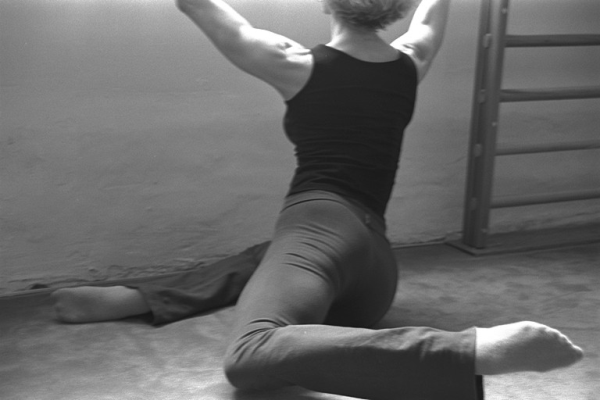
Find Bar Method Exercise Classes near you.

